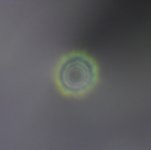Thank you, B. Your contributions on this site, along with those from Hermann, Henry, and Joachim have made me a more astute consumer. I still have much to learn but have paid attention to the posts and recommendations. I feel fortunate to have comments from you all in this thread.
Thanks,
Jason
Thanks,
Jason





